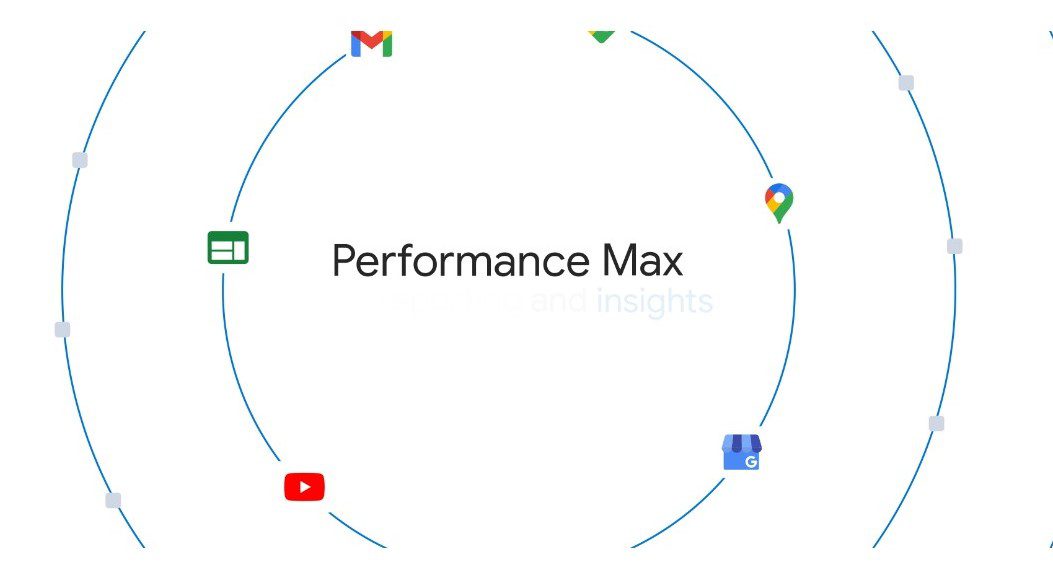If you’re unfamiliar with it, Performance Max is a campaign type that allows advertisers to manage multiple ad inventories within a single campaign.
This functionality enables advertisements to appear across various platforms, including search, display, YouTube, and Shopping, among others. A prevalent concern among advertisers is the level of control over specific ad placements.
In contrast to traditional Google Ads campaigns, where advertisers can choose individual placements or target specific audiences, Performance Max leverages artificial intelligence to optimize ad delivery across all available channels.
Recently, Google has rolled out significant updates to its Performance Max campaigns. This article will explore the new features and their implications, situating Performance Max within the larger advertising ecosystem.
Google has introduced advanced features to Performance Max, aiming to equip advertisers for success in 2025 and beyond. These enhancements are designed to provide advertisers with greater control, transparency, and actionable insights, ultimately leading to improved campaign performance.
In discussing the latest features, Tal Akabas, Google’s Director of Product Management for Google Ads, emphasized that the new controls and reporting enhancements are intended to boost performance compared to the previous rollout in 2024.
“In 2025, we will continue to expand Performance Max in several key areas to help you enhance results and gain greater transparency into the factors driving performance,” stated Tal Akabas.
The director also indicated that further improvements are expected in the coming months, which will include additional insights and control options.
In 2024, Google introduced a range of Performance Max features focused on enhancing control and reporting capabilities. These updates facilitate a deeper analysis of performance, the creation of visually appealing ads, and an increase in asset variety, among other benefits.
What’s new in Performance Max?
Here are Google’s recent updates aimed at improving advertiser control and effectiveness.
Campaign-level negative keywords
The anticipated implementation of campaign-level negative keywords by the end of the year represents a transformative advancement.
While it is crucial to avoid excessive dependence on this feature, it facilitates substantial improvements in targeting by eliminating irrelevant traffic and promoting more effective budget management.
Presently, Performance Max campaigns frequently draw traffic that may not align with the specific needs of certain advertisers, leading to inefficiencies and budget wastage.
Following this update, advertisers will have the ability to actively exclude these keywords, ensuring that campaigns concentrate on pertinent search terms from the outset.
This development builds upon the beta feature for campaign-level negative keywords, enabling advertisers to eliminate specific queries that do not align with brand suitability for ad placements.
Google AI will analyze the provided data to forecast which new users are most likely to enhance the lifetime value for advertisers and will adjust bids accordingly.
Campaign-level reporting is also available, allowing advertisers to track the number of new customers generated by their campaigns, as well as the proportion of those who are classified as high-value customers.
With this feature, advertisers can identify their high-value customers and the long-term value they represent through the Customer Match tool.
Impression share reports for search and shopping ads
The introduction of impression share reporting marks another important enhancement. This functionality enables advertisers to assess the frequency with which their ads are displayed in comparison to competitors, offering essential insights for budget management.
For instance, if a campaign exhibits a low impression share yet performs well, increasing the budget could lead to capturing a greater number of high-quality impressions.
Conversely, if the impression share exceeds 90%, allocating additional funds may diminish the quality of traffic, potentially diverting it to other placements such as the display network, discovery, and YouTube, which could ultimately result in a decrease in the campaign’s overall efficiency.
Target pacing insights for CPA and ROAS goals
This feature is designed to assist in tracking performance against established targets. Advertisers can now more effectively oversee the progress of their campaign objectives and targets.
This provides a real-time perspective on whether the campaign is on course to meet the Target Return on Ad Spend (TROAS) or Target Cost Per Acquisition (TCPA), or if modifications are necessary to maintain alignment with the goals.
With target pacing insights, Google assures advertisers that they will gain clarity on the factors contributing to any underperformance, whether due to market changes, budget limitations, or shifts in consumer behavior. Access to this information allows for prompt adjustments and more informed decision-making.
Advanced Search Reporting and Insights
This functionality enables advertisers to leverage search term insights to determine whether queries originate from Performance Max’s keyword-less targeting or from specific search themes they have incorporated.
An indicator is also provided next to the search themes, indicating their level of “usefulness.” These new reporting insights facilitate an understanding of whether the provided search themes are generating additional traffic beyond what Performance Max would independently identify, or if there is a need to revise the search themes.
This feature also serves as an enhancement to the reporting guidance previously introduced under search themes in beta.
Enhanced Reporting for Asset Group Performance
This feature, which improves asset group reporting, allows for the segmentation of advertisers’ asset group performance across all Performance Max campaigns.
It provides a more detailed breakdown of results, including conversions by device, time, and other factors. Unlike the previous version, asset group performance data is now downloadable and can be shared outside of the Google Ads user interface.
Also read: Meta sets to Launch Edits App – A Strong Alternative to CapCut
More Information about Google’s Performance Max

Performance Max represents a goal-oriented campaign format that enables advertisers to enhance conversions across the diverse array of Google’s advertising platforms. This encompasses channels such as Search, Display, Discover, Maps, Gmail, and YouTube.
The campaign type is intended to supplement keyword-driven Search campaigns, assisting advertisers in identifying additional customers who are likely to convert across all of Google’s platforms.
It is important to note that Performance Max is not a standalone advertising channel like Google Search or YouTube; rather, it serves as a targeting strategy that integrates across all of Google’s advertising avenues.
Furthermore, Performance Max facilitates advertisers in achieving their defined conversion objectives, thereby generating increased conversions and value through real-time performance optimization across various channels, utilizing Smart Bidding techniques.
The system leverages Google AI for various functions, including bidding, budget management, audience targeting, creative development, attribution, and more.
These elements are tailored to align with specific advertising goals, such as CPA or ROAS targets, as well as the creative assets, audience signals, and optional data feeds provided by the advertisers.
Looking ahead
Recent enhancements indicate progress in reinstating certain advertising controls within Performance Max. While these updates present valuable opportunities for optimization, it is crucial to embrace these changes constructively by maximizing the available tools, keeping in mind the uniqueness of each account.
Advertisers will need to modify their strategies on an individual basis to improve outcomes. The effectiveness of any campaign relies not only on the tools at hand but also on the proficiency with which they are utilized.




